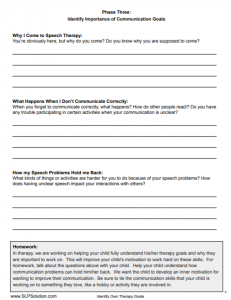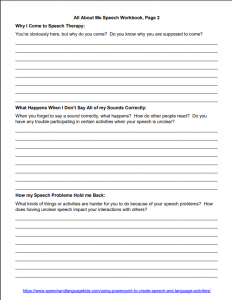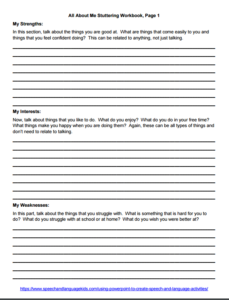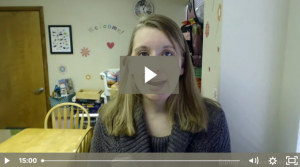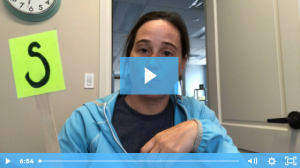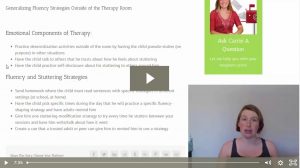Goal: Identify Own Therapy Goals and Understand the Importance of Them
This goal is all about helping a child understand his/her other goals. You may not need to specifically write an IEP or formal goal for this skill but it may be something that you’ll want to work on as you go along. Understanding why we come to speech and what we need to work on is critical for being motivated to generalize that skill to outside the therapy setting. Take a look at the ideas and resources below to help children understand the importance of what we’re doing.
Sample Goal:
Client will list the skills he needs to work on in therapy and describe the importance of those skills (why he/she is working on them) in his/her own words.
Download the No-Prep Therapy Kit:
We have a start-to-finish therapy kit that will give you everything you need to practice this skill in therapy and send home homework. Click the packet below to open it. Then, print it out and place it in the child’s notebook or binder.
Therapy Phases:
- Identify Personal Strengths and Weaknesses: During a guided conversation with the therapist, Client will identify at least 3 personal strengths and 3 personal weaknesses (not necessarily in connection with communication skills or therapy goals).
- Identify Communication Goals: Client will list the following <INSERT NUMBER OF SKILLS> skills that have been selected as current communication goals: <LIST THE SPECIFIC SKILLS/GOALS, SUCH AS “SAY THE /r/ SOUND”>
- Identify Importance of Communication Goals: During a guided conversation with the therapist, Client will identify why it is important to work on his/her communication goals and describe that importance in his own words.
- Identify Beneficial Support Strategies: During a guided conversation with the therapist, Client will list three support strategies that help him/her remember to use the specified communication skills correctly.
- Repeat “I Can” Affirmations about Communication Goals: During a guided conversation with the therapist, Client will help build and then say out loud 3 affirmations (that start with “I can…”) that are related to his/her communication goals.
Supplemental Materials
Here are some other resources that may help you when working on this skill:
Why I Come to Speech for Articulation
Guided Workbook with Questions to Help Answer This Question
Discovering Emotions in Stuttering Workbook
Helping a child with disfluencies identify how he/she feels about stuttering – similar to the guided workbook for articulation but more focused on emotions.
Training Videos:
These short training videos will give you more information about this goal:

